Probably the most beautiful design ever to emerge from the Zagato design house in Italy, the DB4 GT Zagato, announced in 1960 at the London Motor Show, took the motoring world by storm. Designed as an ultra lightweight version of the DB4GT, only 19 cars were eventually built, their values reached well into seven figures these days. The car achieved numerous victories in international sports car racing in the period. The popularity of the original DB4GT Zagato has resulted in two subsequent waves of cars based on DB4's being rendered into 'Zagatos' through the cooperation of Aston Martin and the Zagato works in Italy. These are known as 'Sanction II' and 'Sanction III' cars. Although the specification of the engine was changed and upgraded throughout their racing history, the Zagato predominantly featured a 3.7 litre, aluminium, twin spark, straight six cylinder engine. With an more powerful 9.7:1 compression ratio when compared to the DB4GT engine. It produced 314hp with a sprint speed of 0 to 60mph of just 6.1 seconds and a top speed of approximately 154mph. Impressive even by todays standards. Many steel components were replaced by aluminium counterparts. All non-essential elements disappeared, such as the bumpers and with the additional help of Perspex, more than 100lbs was shaved off the standard DB4GT. Four of the original Zagatos, chassis' 0191, 0193, 0182(1 VEV) and 0183(2 VEV) were built to a lightened DP207/209 specification, especially for racing. The DP209 cars have a lower roofline, larger rear wings, a reshaped tail and flatter, longer front end. The first competition outing of a DB4GT Zagato was during Easter in 1961 at Goodwood. Driven by Stirling Moss the car finished 3rd, behind an Aston Martin DB4GT and the winning Ferrari 250 GT. The most prominent DB4 GT Zagatos, affectionately known by the registration plates they share, of '1 VEV' and '2 VEV' which were both raced under the John Ogier's Essex Racing Stable with assistance from the Aston Martin factory. Both the Zagatos raced in the 1961 24 Hours du Mans. However a repeat of the 1959 Le Mans victory was not to be, with both cars retiring. In July 1961 at a British Grand Prix Support race the Zagato had its first victory. With '2 VEV' taking the last lap lead from a Jaguar E Type. '2 VEV' crashed heavily at Spa in 1962 and was rebuilt to the lightweight DP209 specification. After a road accident in 1993 the car was returned to the 1962 specification. Chassis 0200 raced in the 1962 24 Hours du Mans, however a blown piston after 9½ hours forced the car to retire. In 1991, four unutilised chassis numbers were put to use. With the approval of Aston Martin, four DB4 chassis were appropriately up-rated to GT specifications. These chassis were then sent to Zagato's Milan workshop to be bodied like the originals, with a smaller oval grille, without the stock DB4 GT's rear tail fins and with a smoothed out rear end. To familiarise the workforce with construction techniques of the 60's, an original DB4GT Zagato was sent along to be dismantled. These 'Works Approved Replicas' were known as the Sanction II cars. They were outwardly identical, but several changes were effected in the interest of better handling. Each of these cars sold for over $1,000,000. Differences to the 'originals' include a larger engine capacity, increasing from 3.7 litres to 4.2 litres and a smaller wheel diameter from 16"" inches to 15"" inches. The first of the four GT specification rolling chassis was delivered to Zagato in January 1989 and the fourth in April of the same year. With all four being completed in July 1991. All four cars were then given their own chassis numbers appropriate to the 1960s. The Zagato factory still had two spare body shells left over after producing the Sanction II Zagatos. In 1992 Richard Williams approached the executive chairman of Aston Martin Lagonda LTD, Walter Hayes and sought approval for the spare body shells to be used to create two further
Probably the most beautiful design ever to emerge from the Zagato design house in Italy, the DB4 GT Zagato, announced in 1960 at the London Motor Show, took the motoring world by storm. Designed as an ultra lightweight version of the DB4GT, only 19 cars were eventually built, their values reached well into seven figures these days. The car achieved numerous victories in international sports car racing in the period. The popularity of the original DB4GT Zagato has resulted in two subsequent waves of cars based on DB4's being rendered into 'Zagatos' through the cooperation of Aston Martin and the Zagato works in Italy. These are known as 'Sanction II' and 'Sanction III' cars. Although the specification of the engine was changed and upgraded throughout their racing history, the Zagato predominantly featured a 3.7 litre, aluminium, twin spark, straight six cylinder engine. With an more powerful 9.7:1 compression ratio when compared to the DB4GT engine. It produced 314hp with a sprint speed of 0 to 60mph of just 6.1 seconds and a top speed of approximately 154mph. Impressive even by todays standards. Many steel components were replaced by aluminium counterparts. All non-essential elements disappeared, such as the bumpers and with the additional help of Perspex, more than 100lbs was shaved off the standard DB4GT. Four of the original Zagatos, chassis' 0191, 0193, 0182(1 VEV) and 0183(2 VEV) were built to a lightened DP207/209 specification, especially for racing. The DP209 cars have a lower roofline, larger rear wings, a reshaped tail and flatter, longer front end. The first competition outing of a DB4GT Zagato was during Easter in 1961 at Goodwood. Driven by Stirling Moss the car finished 3rd, behind an Aston Martin DB4GT and the winning Ferrari 250 GT. The most prominent DB4 GT Zagatos, affectionately known by the registration plates they share, of '1 VEV' and '2 VEV' which were both raced under the John Ogier's Essex Racing Stable with assistance from the Aston Martin factory. Both the Zagatos raced in the 1961 24 Hours du Mans. However a repeat of the 1959 Le Mans victory was not to be, with both cars retiring. In July 1961 at a British Grand Prix Support race the Zagato had its first victory. With '2 VEV' taking the last lap lead from a Jaguar E Type. '2 VEV' crashed heavily at Spa in 1962 and was rebuilt to the lightweight DP209 specification. After a road accident in 1993 the car was returned to the 1962 specification. Chassis 0200 raced in the 1962 24 Hours du Mans, however a blown piston after 9½ hours forced the car to retire. In 1991, four unutilised chassis numbers were put to use. With the approval of Aston Martin, four DB4 chassis were appropriately up-rated to GT specifications. These chassis were then sent to Zagato's Milan workshop to be bodied like the originals, with a smaller oval grille, without the stock DB4 GT's rear tail fins and with a smoothed out rear end. To familiarise the workforce with construction techniques of the 60's, an original DB4GT Zagato was sent along to be dismantled. These 'Works Approved Replicas' were known as the Sanction II cars. They were outwardly identical, but several changes were effected in the interest of better handling. Each of these cars sold for over $1,000,000. Differences to the 'originals' include a larger engine capacity, increasing from 3.7 litres to 4.2 litres and a smaller wheel diameter from 16"" inches to 15"" inches. The first of the four GT specification rolling chassis was delivered to Zagato in January 1989 and the fourth in April of the same year. With all four being completed in July 1991. All four cars were then given their own chassis numbers appropriate to the 1960s. The Zagato factory still had two spare body shells left over after producing the Sanction II Zagatos. In 1992 Richard Williams approached the executive chairman of Aston Martin Lagonda LTD, Walter Hayes and sought approval for the spare body shells to be used to create two further
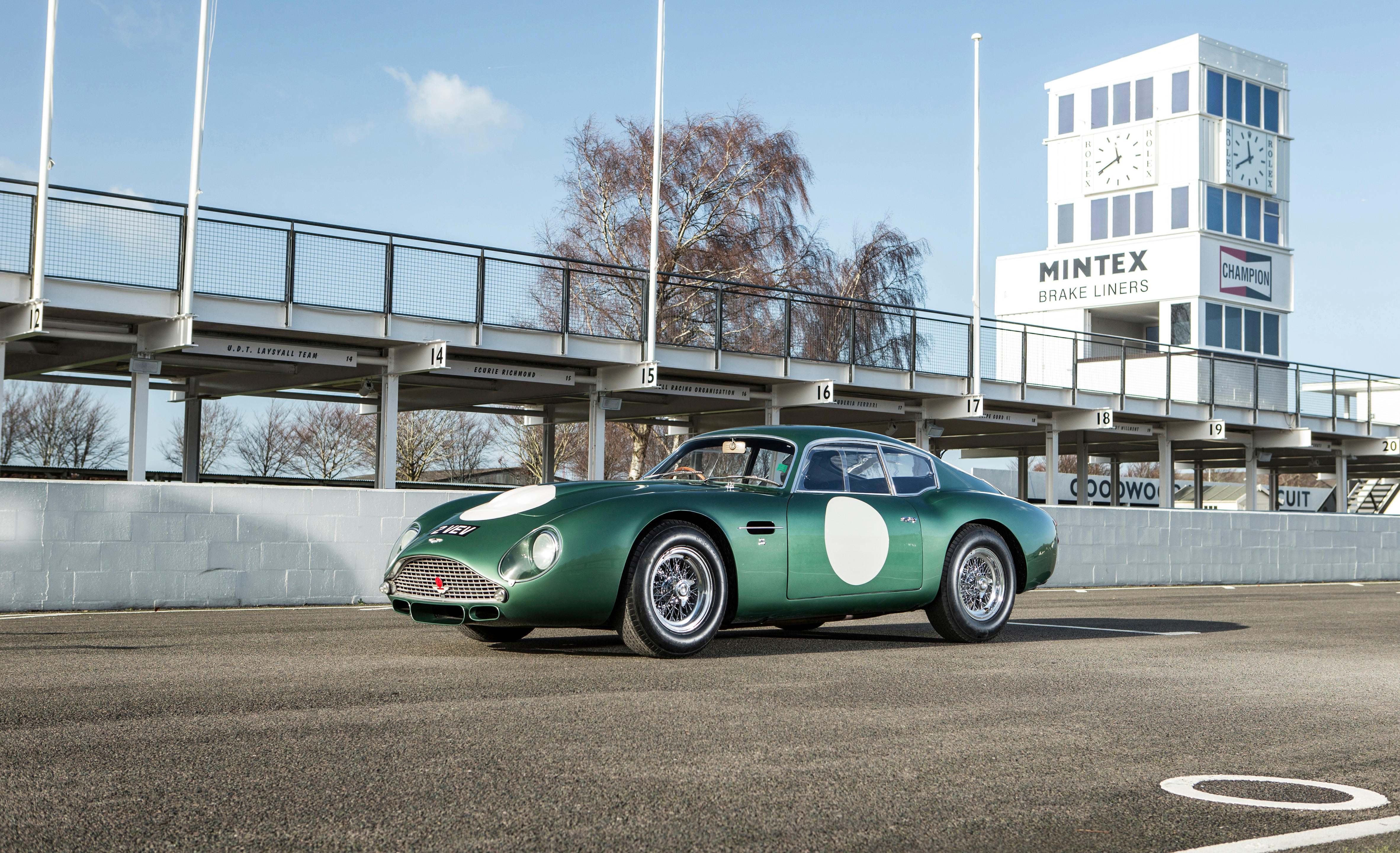
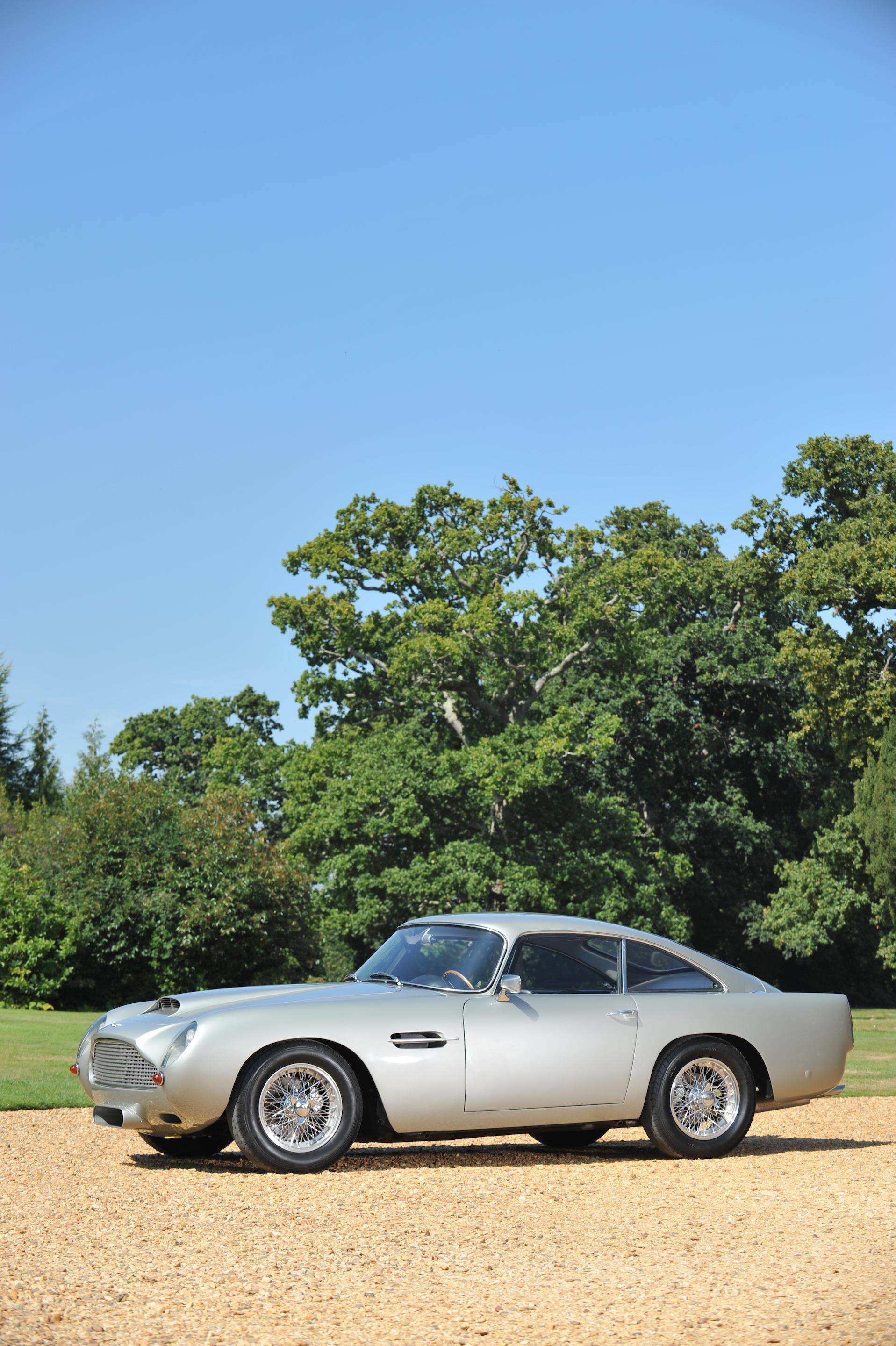

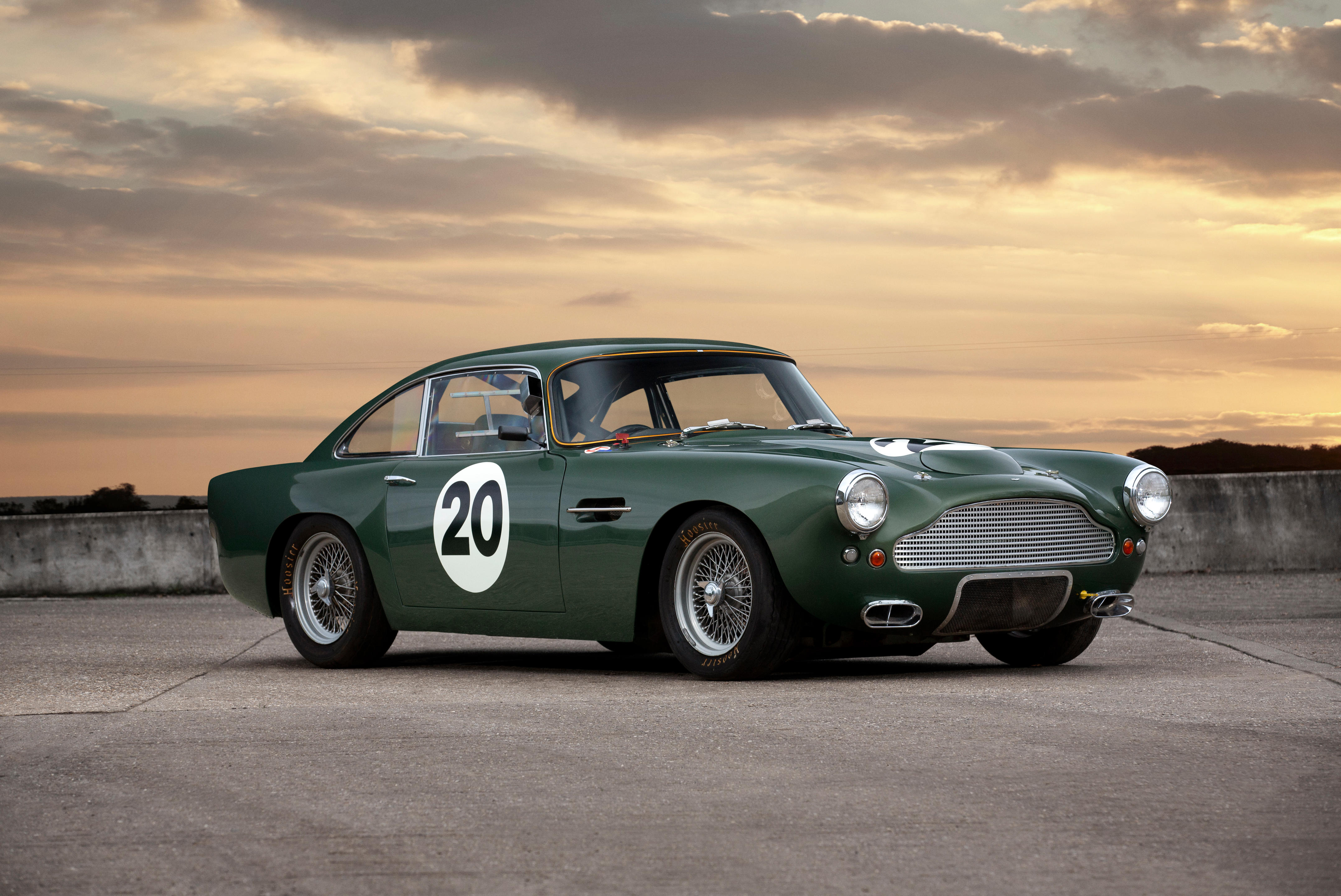
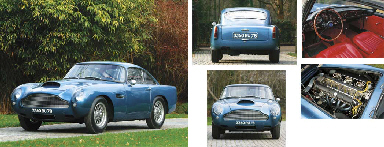
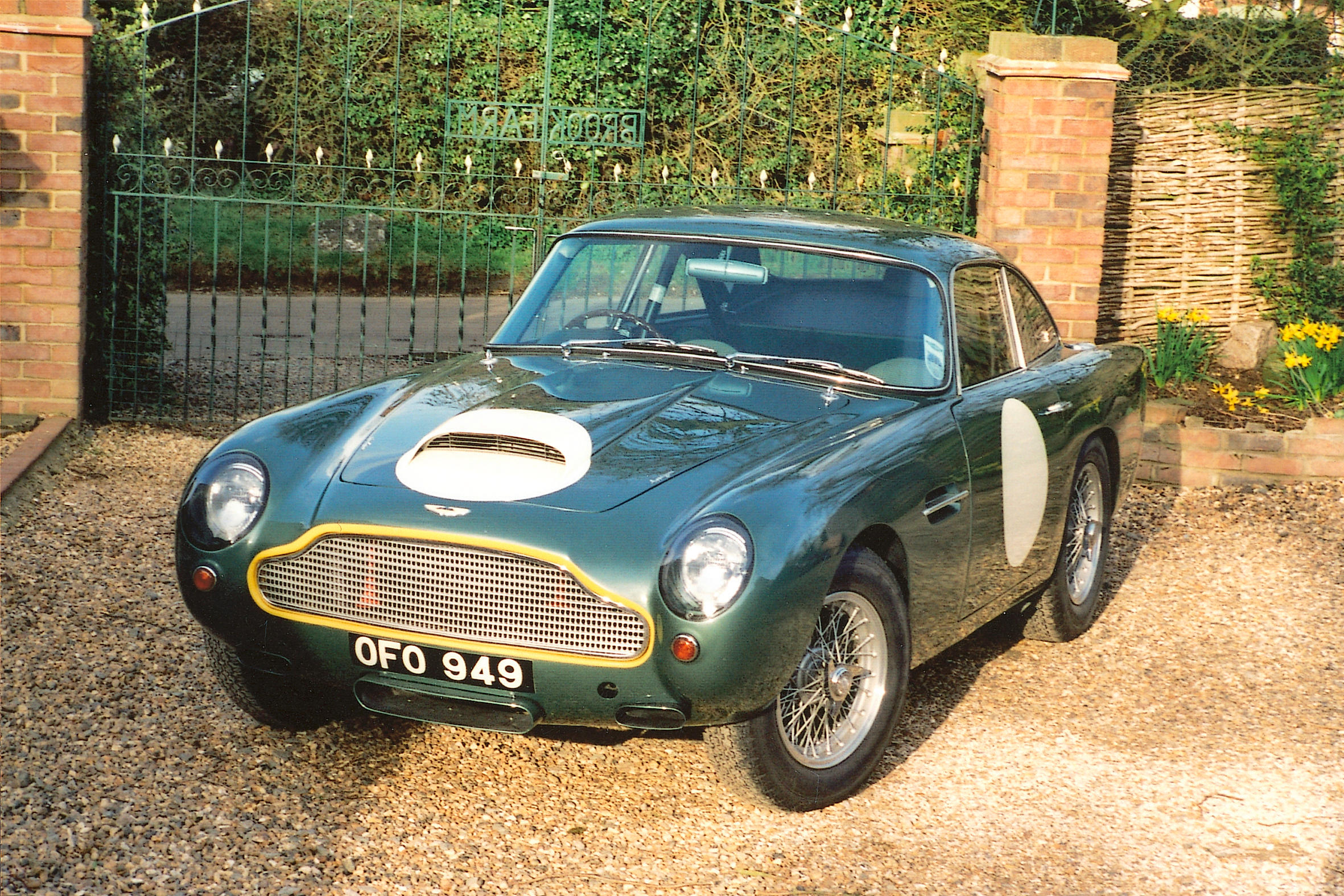
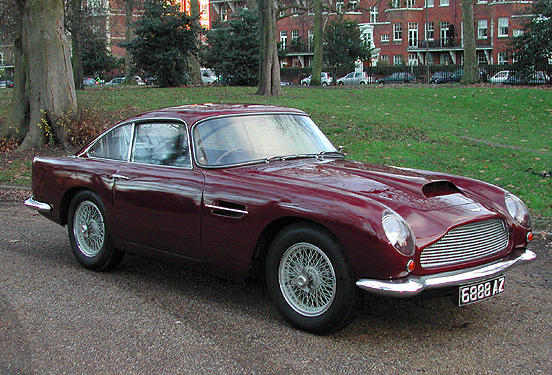
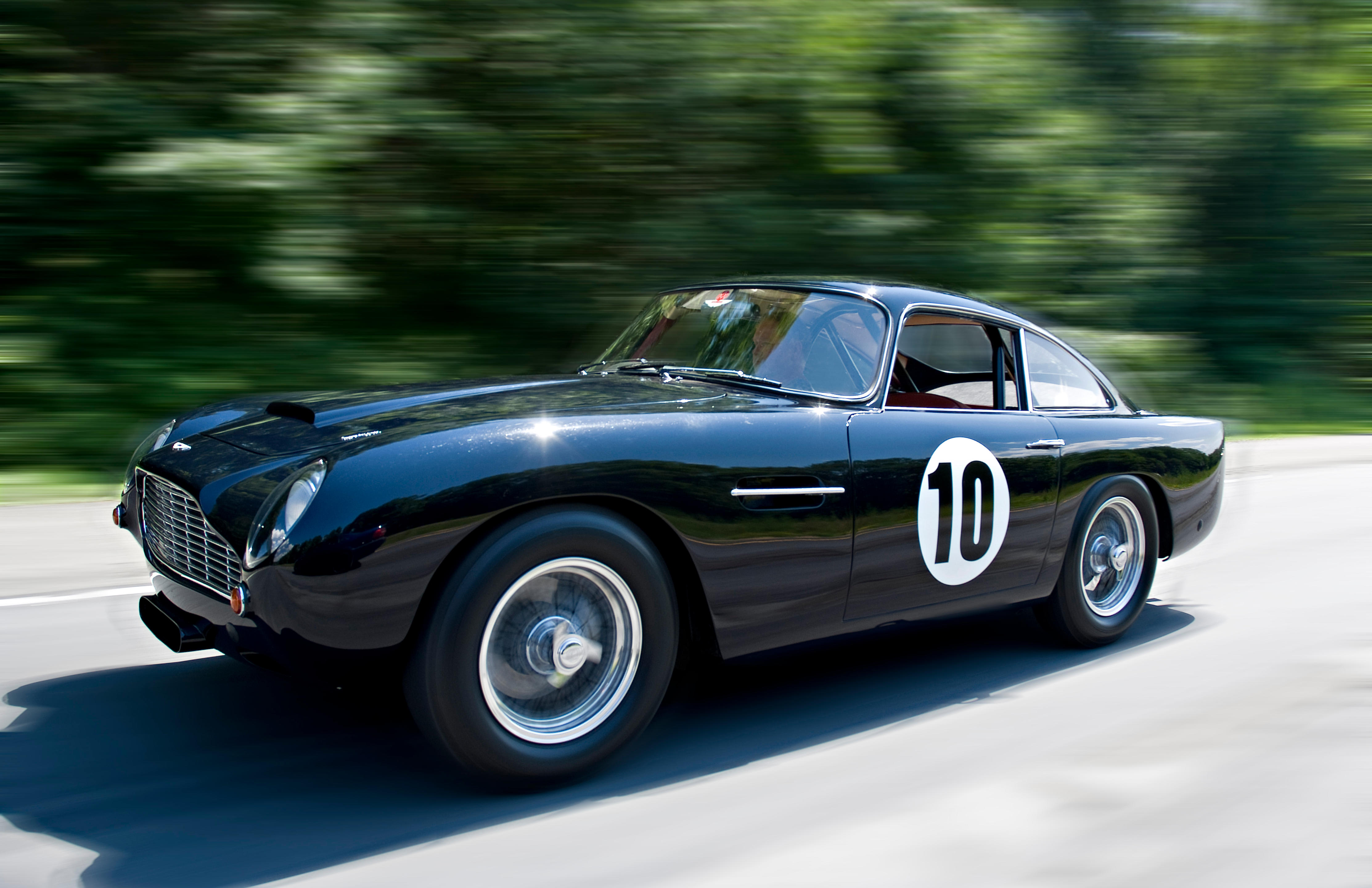
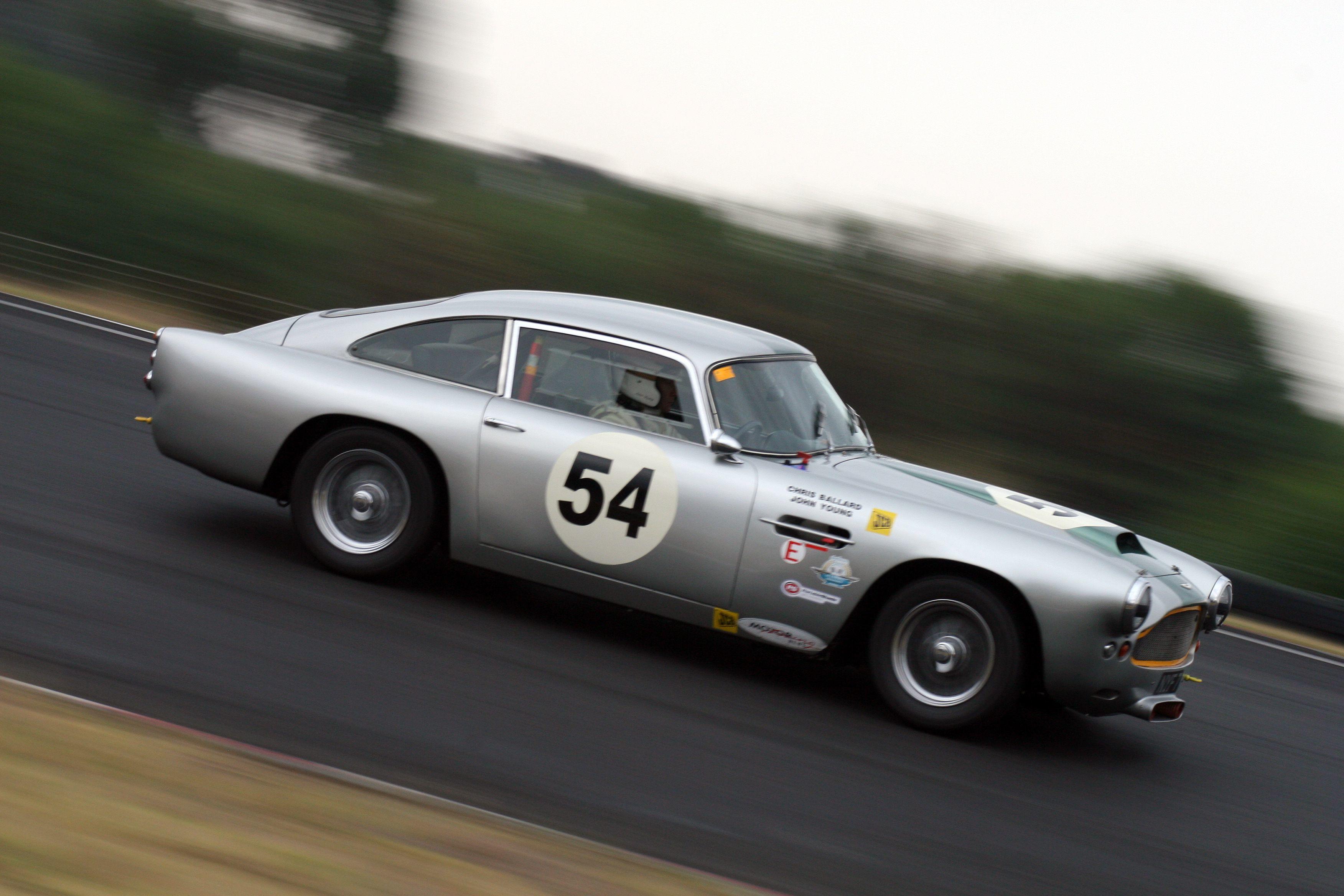
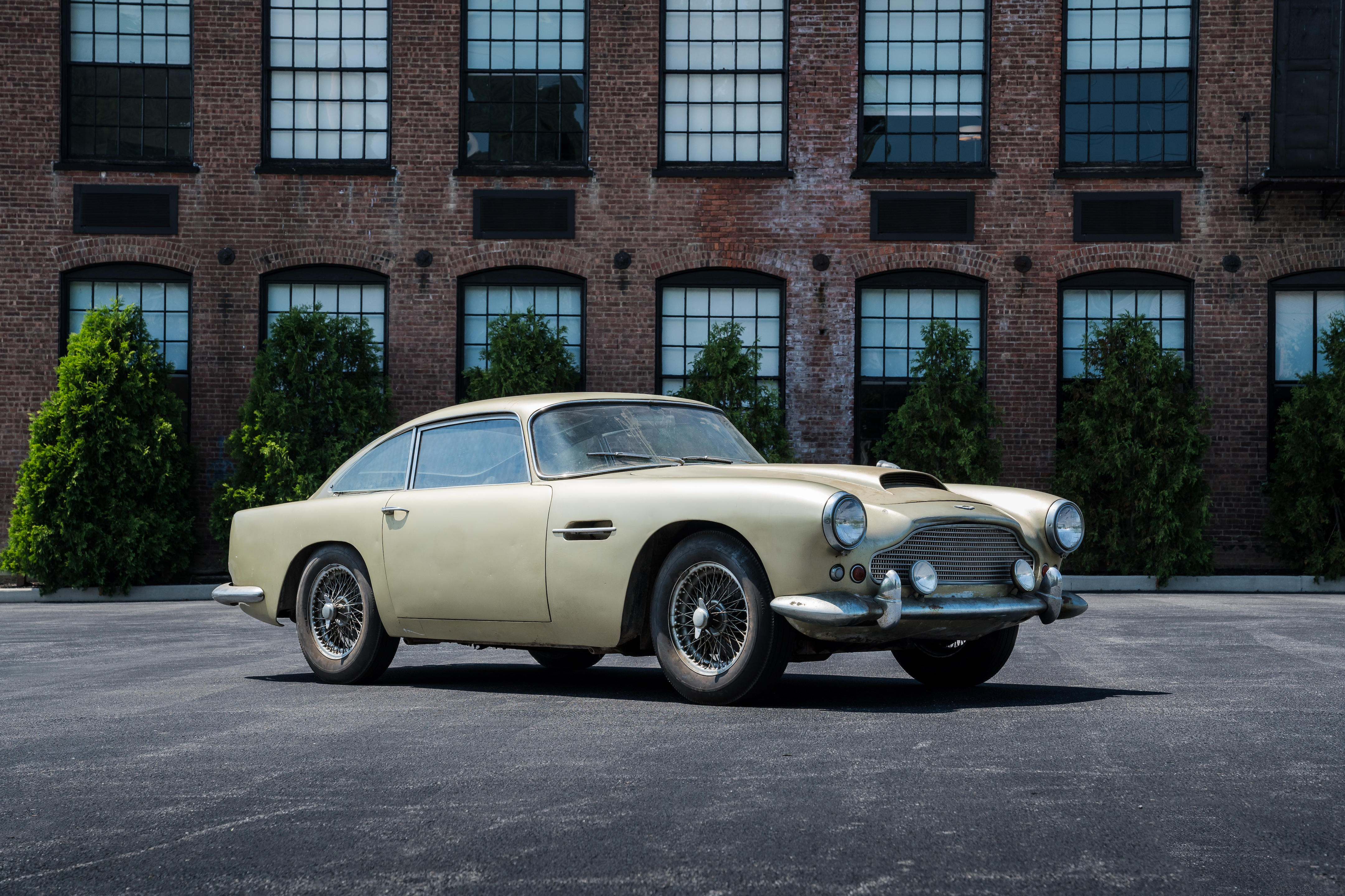
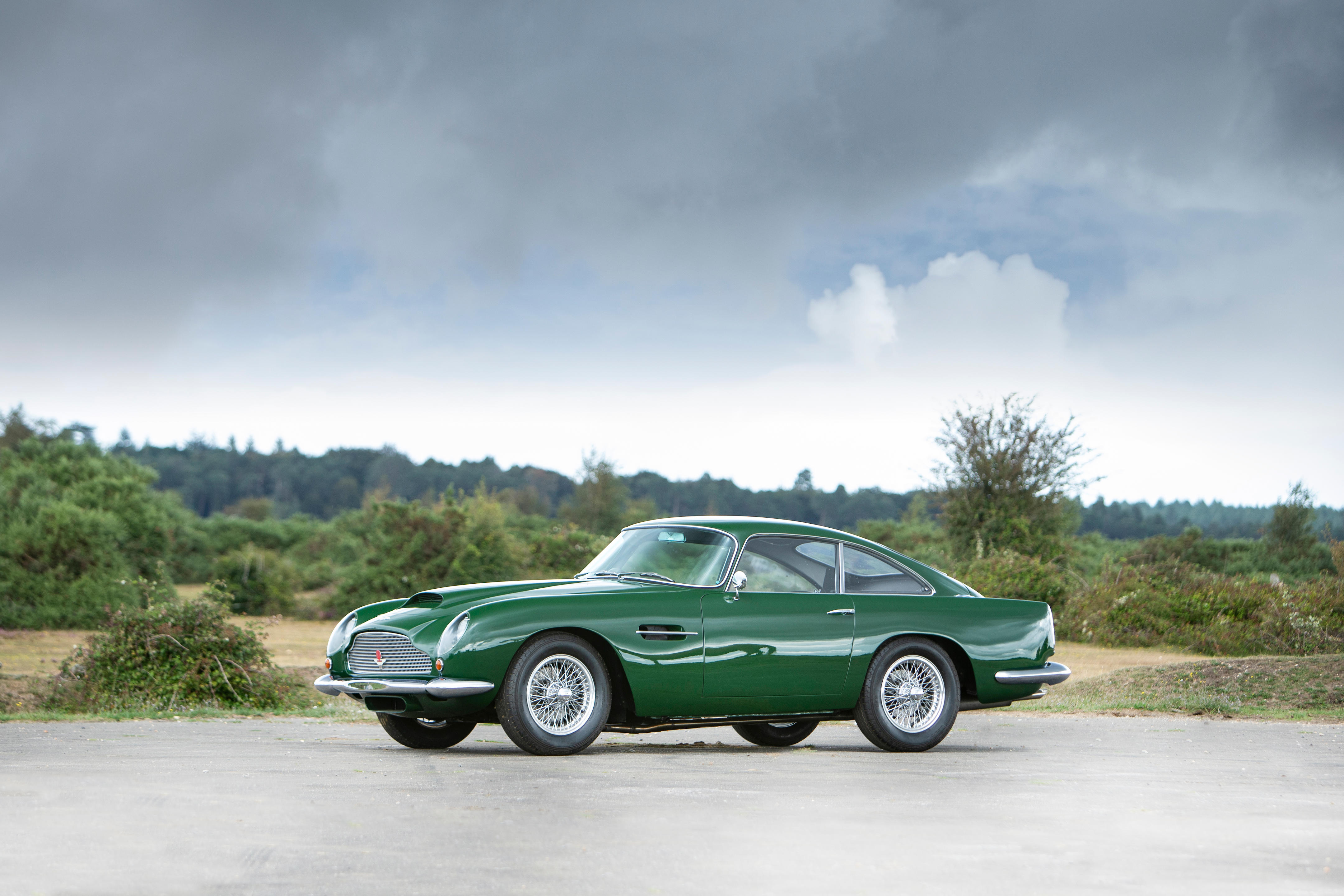

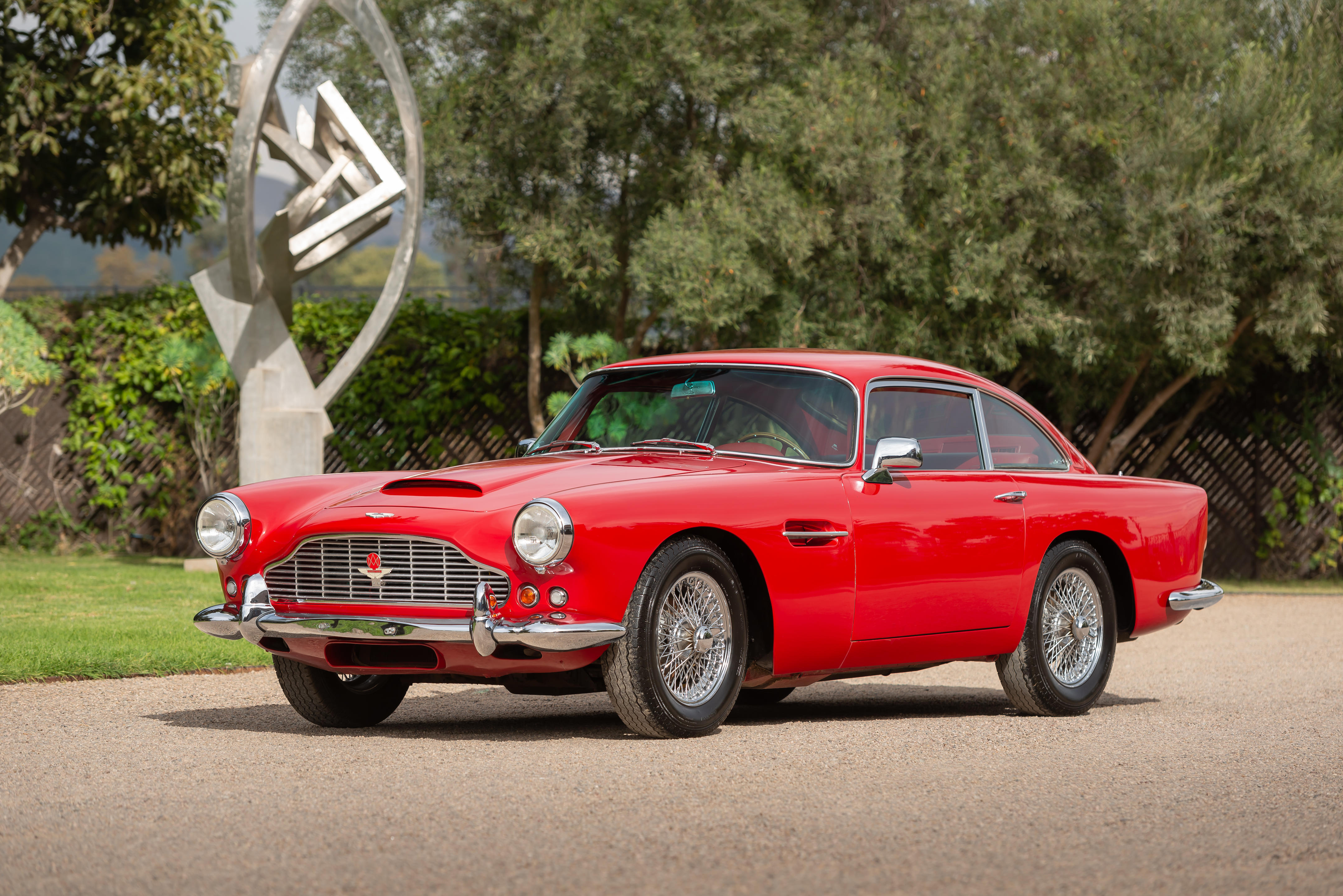

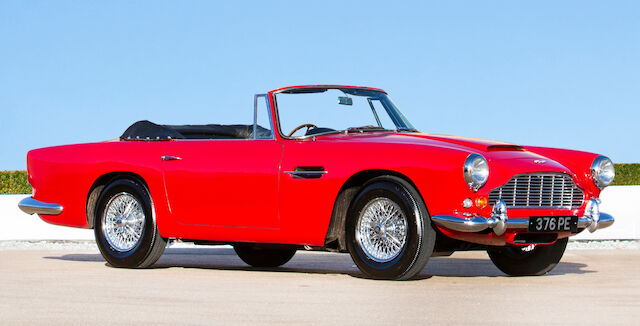
Testen Sie LotSearch und seine Premium-Features 7 Tage - ohne Kosten!
Lassen Sie sich automatisch über neue Objekte in kommenden Auktionen benachrichtigen.
Suchauftrag anlegen